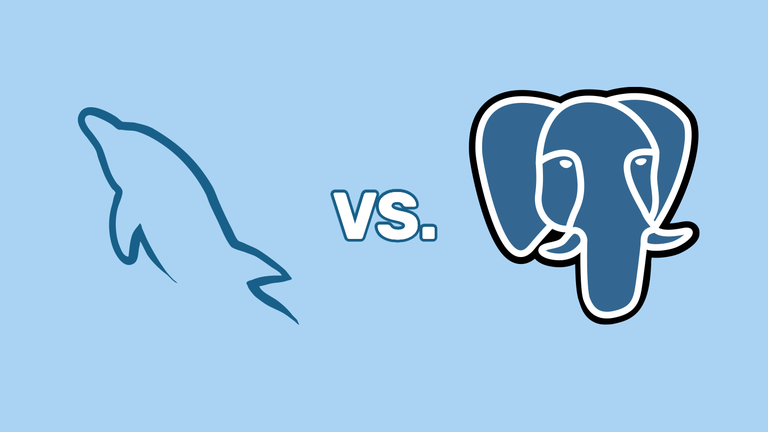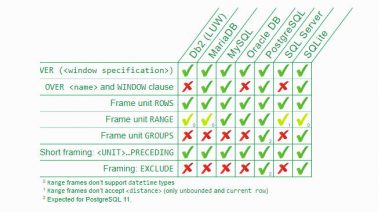

Support for a broad range of data types: These include numeric, date/time, character, JSON, boolean, and enumerated.Powerful data security features: These include multiple encrypted options for access control.Less extensible and not as flexible compared to PostgreSQL: This allows MySQL to stay lightweight, efficient, and stable-especially for web applications.Here are some of the defining characteristics of MySQL: In this respect, you’ll find MySQL virtually everywhere. Also, the most popular content management systems (including Drupal, Joomla, and WordPress) use MySQL. It’s an open-source stack of web applications that includes Linux, Apache HTTP Server, MySQL, and PHP. The LAMP stack is extremely popular in web development. MySQL is the go-to choice for scalable web applications. Boasting the second-highest usage rate among developers in 2023, this open-source RDBMS is known for providing organizations with fast, reliable, stable, secure, and scalable data management. MySQL is the world’s most commonly used Relational Database Management System (RDBMS). If you’re a beginner, this section will bring you up to speed. If you already know the basics, skip this section. Let’s start with a basic overview and history of PostgreSQL and MySQL. The Basics: A General Overview of PostgreSQL and MySQL Latest PostgreSQL and MySQL Developments Since 2020.How Is Coding Different in PostgreSQL vs.What Operating Systems Do PostgreSQL and MySQL Work With?.Which Programming Languages Do PostgreSQL and MySQL Support?.When to Use MySQL Over PostgreSQL and Vice-Versa?.Same, Same, But Different: What Do MySQL and PostgreSQL Share in Common (and What Makes Them Unique)?.The Basics: A General Overview of PostgreSQL and MySQL.Also, please remember that choosing the right database depends on the specific requirements and characteristics of your project. *Please note that both databases have many more features, and this table only covers some of them. Stronger support for data warehouses with advanced data types Used for data warehouses but could require custom solutions Used for its robustness and extensibility Suitable for many enterprise applications Growing in popularity, especially for complex use casesĪdvanced spatial functions available with the PostGIS extension We also highlight the critical differences and similarities between MySQL and PostgreSQL-and which one is best for different use cases.

In this guide, we provide a brief history and overview of each database system. Whereas PostgreSQL is highly compatible with many different NoSQL formats. MySQL is highly compatible with many different types of data storage engines.PostgreSQL was built to be ACID-compliant from the ground up and it’s optimal when concurrent transactions (MVCC) are required, but it is slower and less stable when it comes to read-only operations.MySQL offers fewer features than PostgreSQL, but this allows MySQL to stay lighter, more stable, and faster at processing-especially when it comes to read-only queries.But it’s not preferred for read-only operations. PostgreSQL is preferred for managing read-write operations, large datasets, and complex queries.It is not preferred when concurrency is required. MySQL is preferred for managing read-only commands.If you’re not familiar with these differences, here’s a quick and easy overview: MySQL and PostgreSQL offer many of the same features and capabilities-but there are critical differences between these two Relational Database Management Systems (RDBMS) that cannot be ignored.


 0 kommentar(er)
0 kommentar(er)
